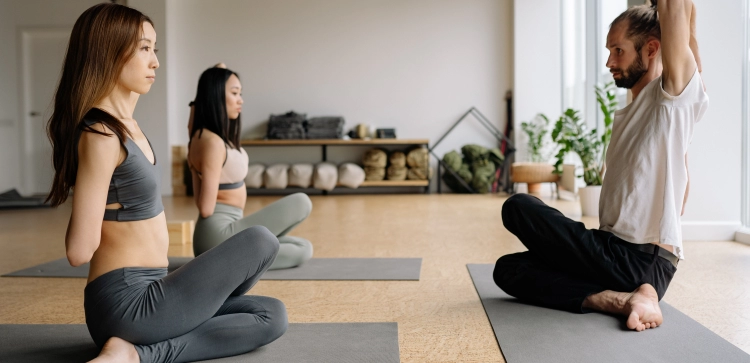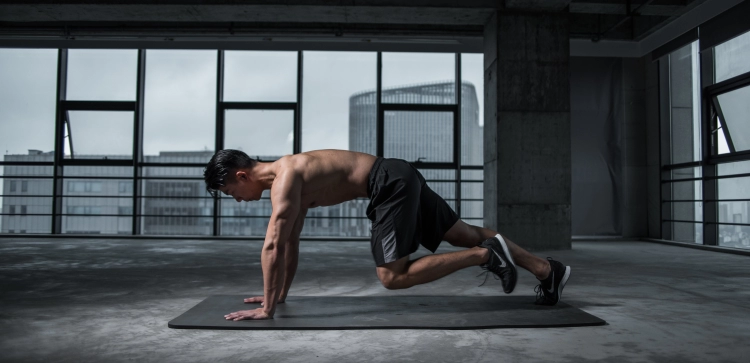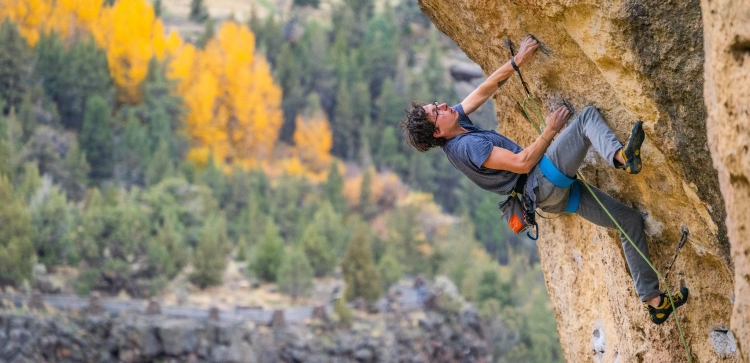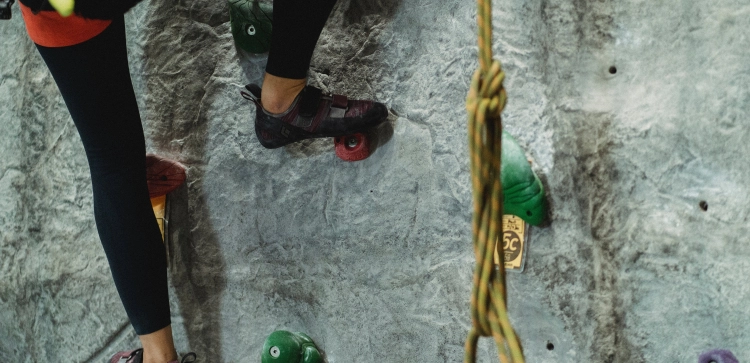What's The Role Of Flexibility In Climbing Movements?

Flexibility is not just a buzzword in climbing; it's a silent ally that significantly influences your ability to navigate diverse movements on the rock. In this comprehensive guide, we'll delve into the multifaceted role of flexibility in climbing, exploring its impact on performance, the connection between flexibility and injury prevention, and practical strategies for enhancing flexibility to elevate your climbing experience.
- Understanding The Dynamic Influence Of Flexibility In Climbing
- Flexibility As A Key Player In Climbing Performance
- The Connection Between Flexibility And Injury Prevention
- Practical Strategies For Enhancing Climbing Flexibility
- Common Questions On Flexibility In Climbing
- Can Anyone Achieve High Levels Of Climbing Flexibility?
- Is Flexibility Equally Important For Boulderers And Route Climbers?
- Conclusion: Embracing Flexibility As A Climbing Virtue
- Community Questions · 0
Understanding the Dynamic Influence of Flexibility in Climbing
Fluidity in Movement
Flexibility is the linchpin of fluid and dynamic climbing movements. A flexible body allows climbers to seamlessly adapt to various holds, positions, and routes. From high reaches to twists around rock features, flexibility enhances the fluidity of your movements, contributing to a more efficient and graceful climbing style.
Reach and Extension
The ability to extend and reach for holds is heavily reliant on flexibility. Limber joints and muscles provide the range of motion necessary for those challenging stretches and expansive reaches. Climbers with enhanced flexibility can access holds that might be out of reach for those with more limited flexibility.
Flexibility as a Key Player in Climbing Performance
Efficient Weight Distribution
Flexibility contributes to effective weight distribution on the rock. The capacity to position your body optimally allows for better balance, reducing the strain on specific muscle groups. A flexible climber can distribute weight more evenly, enhancing stability and conserving energy during climbs.
Adaptability to Diverse Holds
Climbing routes present an array of holds, each requiring a specific approach. Flexibility allows you to adapt to diverse holds more easily, whether it's a technical crimp, an open-handed sloper, or a dynamic pinch. The ability to adjust your body to match the characteristics of different holds broadens your repertoire of climbing techniques.
The Connection Between Flexibility and Injury Prevention
Mitigating Muscular Imbalances
Flexibility plays a pivotal role in mitigating muscular imbalances that can lead to injuries. A well-balanced and flexible body ensures that no single muscle group bears excessive strain, reducing the risk of overuse injuries common in climbing, such as tendonitis and strains.
Joint Health and Longevity
Maintaining flexibility is synonymous with preserving joint health and longevity in climbing. Flexible joints are less prone to stress-related injuries and degeneration. Regular flexibility training can contribute to sustained joint health, allowing climbers to enjoy the sport for years without succumbing to chronic issues.
Practical Strategies for Enhancing Climbing Flexibility
Incorporating Regular Stretching
Make stretching a cornerstone of your climbing routine. Incorporate dynamic stretches into your warm-up to prepare your body for climbing movements. Follow each climbing session with static stretches targeting major muscle groups, promoting increased flexibility over time.
Introducing Yoga into Training
Yoga is a holistic practice that seamlessly aligns with climbing goals. Specific yoga poses enhance flexibility, particularly in areas crucial for climbing movements. Integrating yoga into your training regimen not only promotes flexibility but also cultivates mindfulness and body awareness.
Progressive Flexibility Training
Adopt a progressive approach to flexibility training. Gradually increase the intensity and duration of stretches to avoid overexertion. Consistent and progressive flexibility training ensures steady improvements without the risk of overstretching or causing injuries.
Common Questions on Flexibility in Climbing
Can Anyone Achieve High Levels of Climbing Flexibility?
Flexibility levels vary among individuals due to genetic factors and personal physiology. However, with dedicated and consistent flexibility training, climbers of all levels can significantly improve their flexibility and enhance climbing performance.
Is Flexibility Equally Important for Boulderers and Route Climbers?
Yes, flexibility is crucial for both boulderers and route climbers. While the intensity and style of climbing may differ, the adaptability provided by flexibility is universally beneficial. Boulderers encounter dynamic movements, while route climbers navigate sustained climbs that require flexibility for efficient and controlled ascents.
Conclusion: Embracing Flexibility as a Climbing Virtue
Flexibility isn't just a physical attribute; it's a climbing virtue that unlocks new possibilities and elevates your overall performance. By understanding the dynamic influence of flexibility, recognizing its role in injury prevention, and implementing practical strategies for enhancement, you'll embark on a journey to embrace flexibility as an integral part of your climbing identity.













